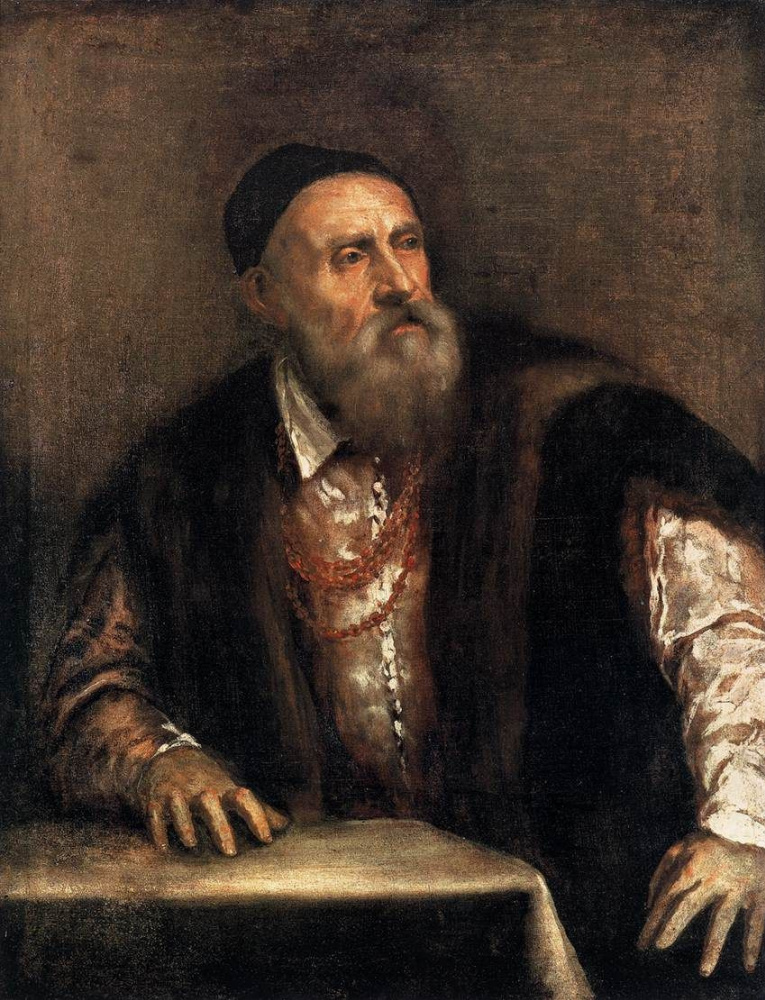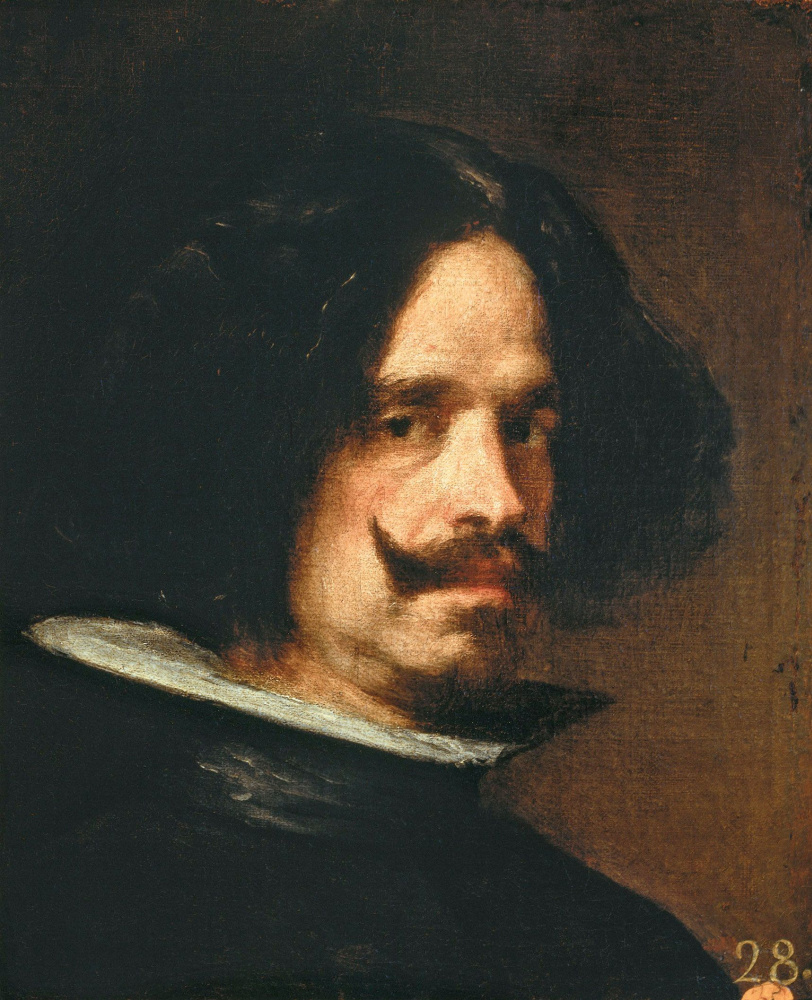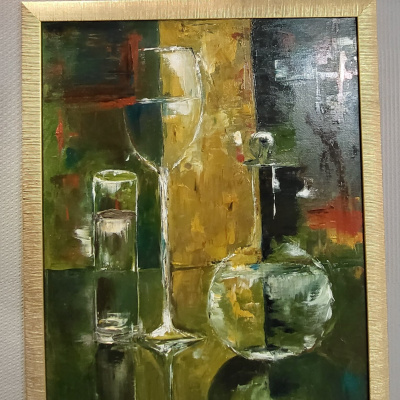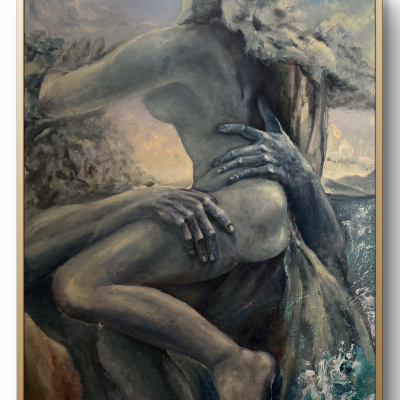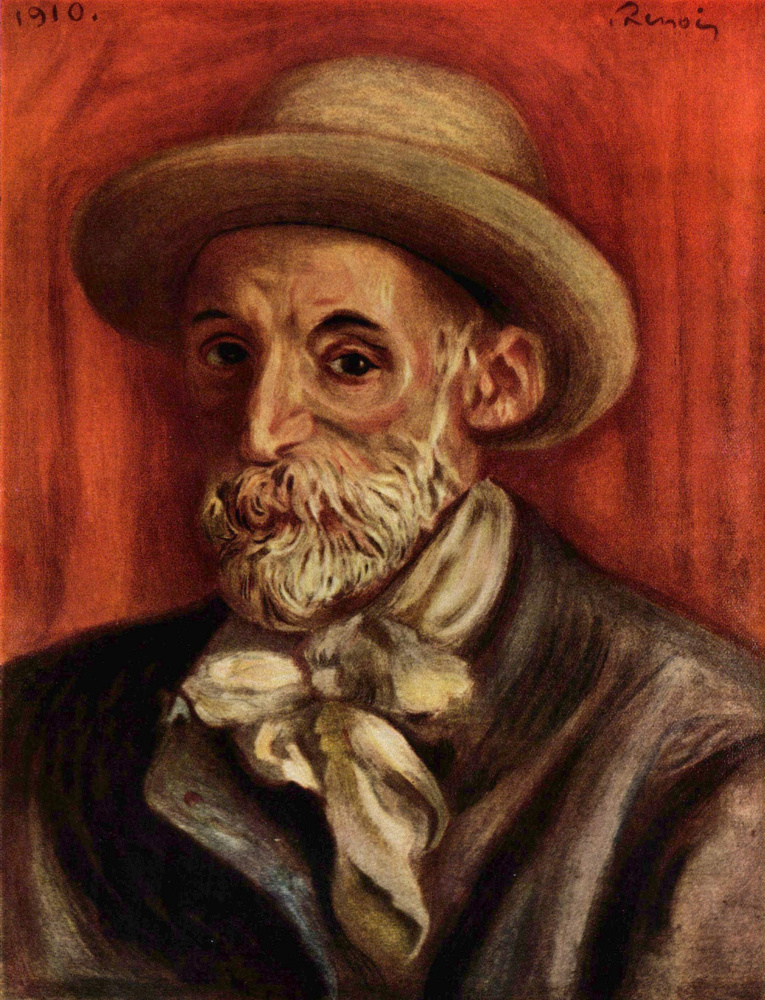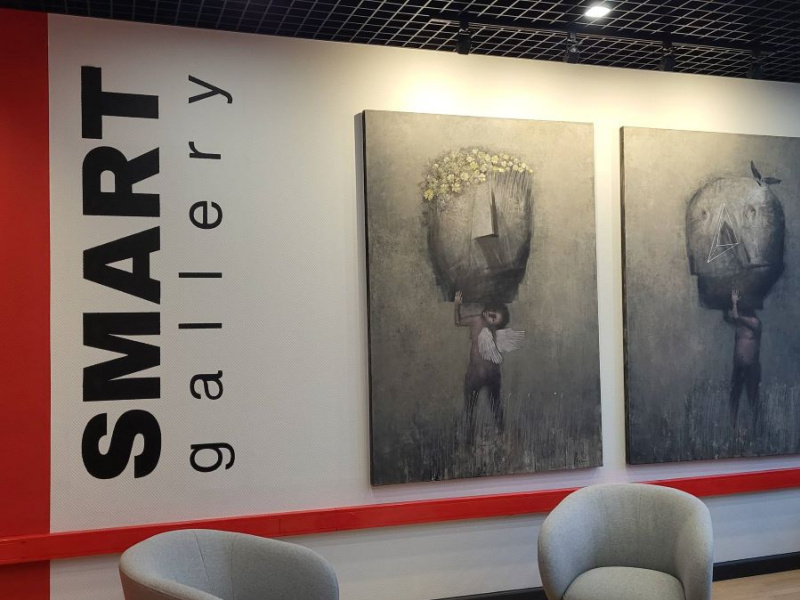Contemporary artists have successfully dealt away with a stereotypical image of a crazy vagabond in a beret and vest who’s wearing a beard and long hair. A lot of them look stylish and wear Versace. Damien Hirst puts massive rings on all of his fingers at once, Gerhard Richter is conventionally imposing, Jeff Koons gets photographed wearing a white suit and a tie. However, there are still myths about artists that you cannot fight against by simply wearing fashionable shoes.
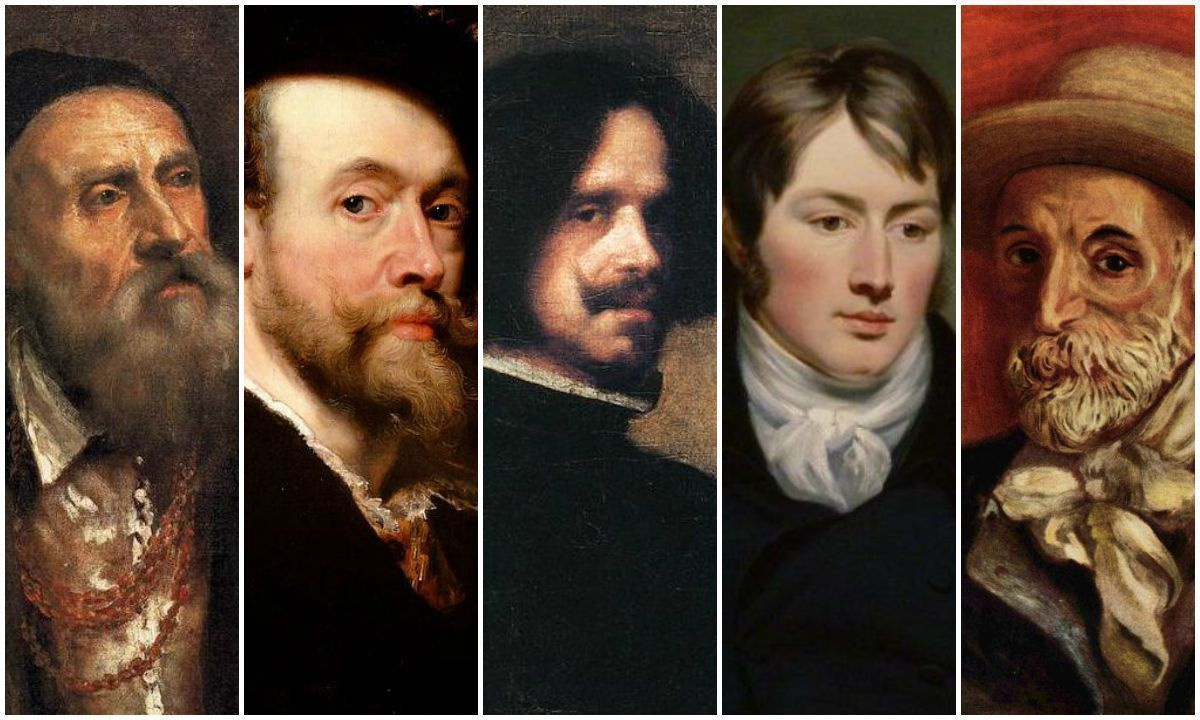
Ask your neighbor or any passer-by (just promise not to look for them at art academies or the Institute of contemporary art problems) if he knows at least one truly happy artist in the whole history of fine art.
Most likely, you will hear that all of them were lonely, unrecognized, poor alcoholics, and every third of them died of syphilis, and every second — committed suicide. Being under their 40s. In fact, among the great painters there were those who lived to old age, married for love, became excellent parents for their children and were rich and recognized in life, and sometimes even in early youth. Of course, everyone had relatives dying, the periods of lack of money and despair, but these five, for example, were the lucky ones.
Self-portrait
1562, 96×72 cm
Titian
First of all, Titian lived longer than all the famous artists — 99 years (and this is in the era of the plague and the endless Spanish-French wars being waged in Italy). A deep, thoughtful, calm, intelligent and harmonious Titian Divine — such a wise old man, whom it is terrible and flattering to ask for advice or life experience, but of course he wasn’t 'a wise old man' for his whole life.Titian’s father, a statesman, was rational enough to consider the artist’s profession unpromising, but at the same time sensitive enough to allow the boy to develop his extraordinary abilities. 10-year-old Titian went to Venice to study, and already in 29 received the title of the best artist of Venice. 'The first artist' means a lot of important government orders, paid by the city, and personal painting commissions from influential Dukes, Popes and kings. It is the delight of the rulers who knew a lot about art and awarded a noble title for ingenious paintings. It is the thrill of the noble bridegrooms who understood that Titian’s canvas would favour a young bride.
Titian. Venus Anadyomene
Titian was a handsome man and a famous artist. Venetian ladies — from the duchesses to courtesans — posed for him, and sometimes stayed in his studio a little bit (or even not a little bit!) longer. But this was before he met Cecilia. She was different: shy, bright, smiling, but still firm and reliable. Titian painted mistresses and wives of dukes and kings, but when his own wife saw herself on the canvas naked, she burst into tears and asked not to disgrace her. There is a version that the artist changed the features of Cecilia’s face on the canvas Venus Anadyomene.
The artist outlived many loved and important people: his wife, daughter, son, close friends, patrons, teachers and even students. He was 99 — and he was happy to finally go to meet them in another, better world.
Self-portrait in a circle of friends from Mantua
1604, 78×101 cm
Peter Paul Rubens
The art historian Roger de Piles, a contemporary of Rubens, left a detailed record of his virtues: he had dignity of bearing, calm temper, incisive wit, and even an extremely pleasant voice. "He rose regularly at four, and made it a law of his life to begin the day by prayer; after which, he went to work, always having in the house an educated person, who read to him Livy, Plutarch, or Virgil… He worked on till five, when he mounted his favourite horse, and rode round the ramparts at Antwerp," wrote de Piles. Add to this his knowledge of the four European languages plus Latin and Greek and his secular manners which the court page Peter Paul was taught from the age of 13.It is completely incomprehensible when Rubens managed to create 1400 paintings, because it seems that all powers that be tried to make him their court adviser: they entrusted him with state secrets and believed in his exceptional political abilities. He went on a trip to Italy in search of inspiration — and immediately found himself in the service of the Duke of Mantua, he spent 8 years travelling through Italy in state affairs and visiting museums, returned to the Netherlands — and became the court artist of Infanta Isabella, and then her attorney, who traveled all over Europe with diplomatic missions. Sketching a portrait of the king of England Charles I, he was able to conduct peacemaking negotiations with him right in the studio, and after a few weeks to receive an award directly from his military adversary.
At the age of 49, Rubens became a widower — his wife Isabella passed away, with whom he lived happily for 17 years, having built a huge house for her and their three children on his own construction project drawings. He grieved for 4 years, and in 53 married again. Young Helena Fourment managed to give birth to five children and turn into a wonderful fairy tale the last 10 years of the artist’s life; the latter was tired of being a diplomat, left Infanta Isabella deal with wars and political passions on her own and devoted himself to the family and painting.
Self-portrait
1640, 45.8×38 cm
Diego Vélasquez
He married his teacher’s daughter. With the participation of his father-in-law, the Holy Inquisition’s censor, among other things, received a commission to create a portrait of the Spanish king. One could suspect Diego Vélasquez of nepotism and undeserved honors, but all his titles and personal Royal favours were justified by universal recognition and exceptional achievements in any art competition — whether at home, or in Italy.They say, that King Philip IV missed Vélasquez when the artist had to leave, and didn’t trust anyone else to create his portraits. The king had the key to the studio of the court painter, to sometimes come and watch from the sidelines the master work. Vélasquez, one after another, received honorary but very exhausting posts — until he became the most important person in the palace — the Grand Marshal of the court. According to a beautiful legend, in the painting "Las Meninas" the symbol of the Order of Santiago on the costume of Vélasquez — a red cross — was painted by the king after the death of the artist. Diego himself was modest and did not boast of his knighthood.
Unlike many sentimental artists who were passionately in love, the court painter Vélasquez painted the king and his children much more often than his own wife and daughter.
The Vélasquez spouses lived all their life in the palace, where grew their daughter, and Diego’s son-in-law and pupil Juan Batista del Mazo inherited the artist’s position at court. And here you can almost certainly say that only the merits of his father-in-law made this appointment possible.

John Constable, a portrait by Ramsay Richard Reinagle
John Constable
John Constable's life is not at all the case when happiness itself falls out of the sky and remains forever. Love, family, skills, and success — all this was given to the artist by great effort, both mental and physical. But it makes the story only more wonderful.It was a miracle that little John survived — just after his birth they baptized him as quickly as possible and, having come to terms with it, waited for the infant’s imminent death. A miracle was also the persistence and perseverance with which Constable all his life painted unfashionable landscapes with rural churches, cottages and mills. The real glory came to Constable not in his homeland, but in France, where in the Salon his painting received a Gold medal, and the artist himself — hundreds of enthusiastic letters from the French with commissions. And then John made his own happy choice: it’s better to have modest income in the homeland than wealth in a foreign land. He already tried to leave — nothing good came out of it.
Far from his native village, he seemed to have lost a powerful source of energy: the parents gave up hope for giving the boy a decent education — he felt sad and languished in the boarding school, and he was transferred to a rural school. Having started studying at The Royal Academy of Arts in London, he quickly got tired of the big city, refused the position of a drawing teacher — and returned home. Once he went on a trip to the southern port towns of England — and realized that the mountains depressed him. He always needed to go home.
Constable hated creating portraits and did that only to earn some money. But not in this case. Maria Bicknell, who became Madame Constable only after 7 years of hushed meetings and confrontation with inexorable parents, was the love of his life. The artist several times asked her parents for their daughter’s hand in marriage, and was refused; then he married her secretly and presented the new relatives with a fait accompli. Having outlived his beloved nine years, he brought up the kids on his own and was in mourning for her for the rest of his life.
It was work that helped Constable to withstand the heaviest loss of his life — he delivered lectures to students of the Royal Academy of Fine Arts and more skillfully painted things that gave him strength. His homeland.
Self-portrait
1910, 47×36 cm
Auguste Renoir
Renoir was really gifted, he could live rather wealthy earning by painting plates or curtains. Since his childhood, Auguste became the most skillful and lately the richest master in any craft workshop he came. In any way, he earned money for living and studying at Gleyre workshop by himself. And at 17 he bought the house for his parents.Once when Renoir, confined to a wheelchair, was suggested a young assistant with good recommendations, he laughed. He was always surrounded only by women, devoted to him endlessly, tender and simple, not very clever but loving life. "I wasn’t able to go yet, but already liked to paint women", — Renoir joked (he was rather witty).
Soft and shy, Auguste did not break the women’s hearts, he waited calmly and patiently for the next sweettooth with shining white skin and a cat’s gait. Aline Charigot was 20 years younger than Renoir, she knew little about art, but all the artists-friends gathered for her meals on Saturdays.

His wife Aline became the favourite model of Renoir and the mother of his three sons: Pierre, Jean and Claude.
Renoir’s paintings were often exhibited at the Salon and even after the scandalous exhibitions of impressionists, critics scolded him less than others. He was a skilled portraitist, who could always find commissions. When he was young he often painted portraits of shopkeepers and their wives in exchange for food or new shoes, but it didn’t last for too long. Renoir, who lived to the age of 78, managed to see his paintings in the Luxembourg Museum and the Louvre, became a Knight of the National Order of the Legion of Honour; at first he bought a family house in a suburb of Paris, and then a villa in Nice. He travelled a lot, all his life he was madly in love with his wife and he desperately worried about her death, and he raised beautiful children: Jean became a filmmaker and received an honorary prize Oscar in 1974, Pierre was an actor and Claude was a ceramic artist.
P.S. Happinnes exists. And there are no less successful and beloved artists in history than revolutionaries, notaries and kings. The evidences from the twentieth century will be presented in the second part coming soon.
Author: Anna Sidelnikova
P.S. Happinnes exists. And there are no less successful and beloved artists in history than revolutionaries, notaries and kings. The evidences from the twentieth century will be presented in the second part coming soon.
Author: Anna Sidelnikova






